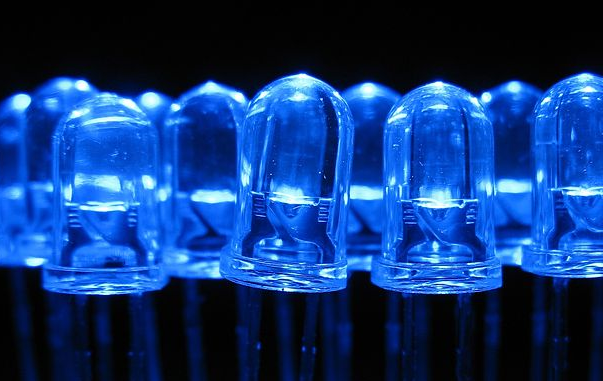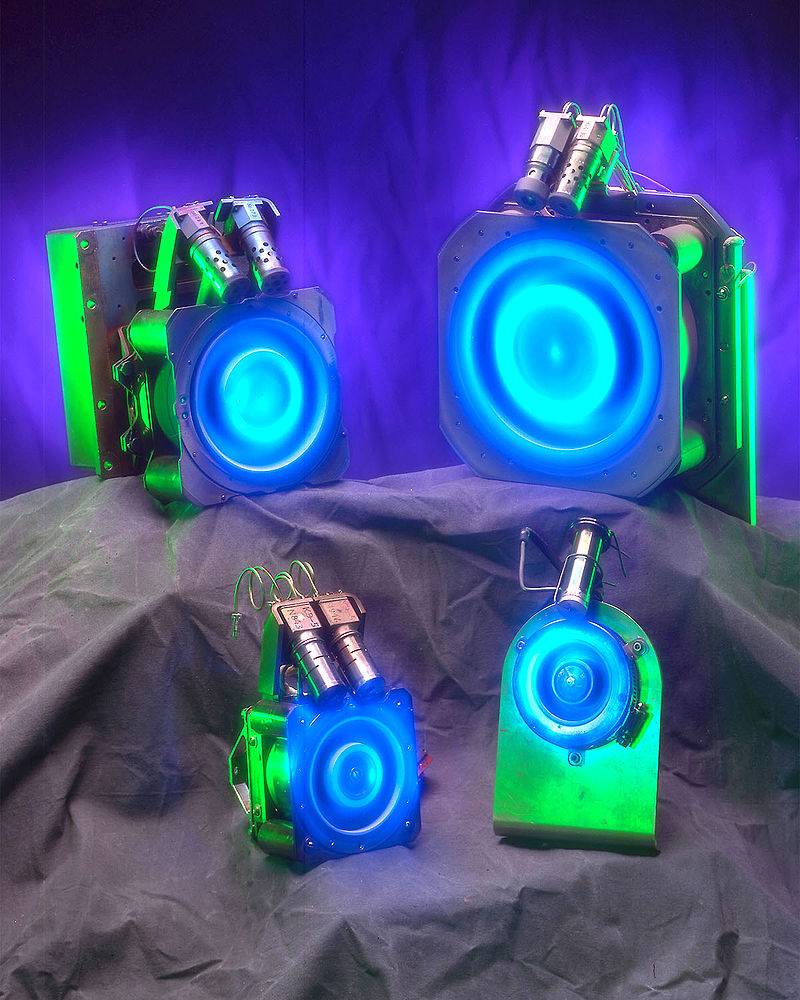What is efficiency
Efficiency, by definition, is the ratio of energy received to energy expended. If the engine burns gasoline and only a third of the generated heat is converted into energy for the movement of the car, then the efficiency is one-third, or (rounded up to whole) 33%. If a light bulb produces light energy fifty times less than the electrical energy consumed, its efficiency is 1/50 or 2%. However, here the question immediately arises: what if the light bulb is sold as an infrared heater? After the sale of incandescent lamps was banned, exactly the same design devices began to be sold as "infrared heaters", since over 95% of electricity is converted into heat.
(Imp) useful heat
Usually, the heat released during the operation of something is recorded as a loss. But this is far from certain. A power plant, for example, converts about a third of the heat released during the combustion of gas or coal into electricity, but another part of the energy can be used to heat water. If hot water supply and warm batteries are also included in the useful results of the CHP, then the efficiency will increase by 10-15%.
A similar example is an automobile "stove": it transfers part of the heat generated during engine operation to the passenger compartment. This heat can be useful and necessary, or it can be considered as a waste: for this reason, it usually does not appear in the efficiency calculations of an automobile motor.
Devices such as heat pumps stand apart. Their efficiency, if we consider it in terms of the ratio of heat produced and electricity consumed, is more than 100%, but this does not refute the foundations of thermodynamics. A heat pump pumps heat from a less heated body to a hotter one and expends energy on this, since without energy expenditure such a redistribution of heat is prohibited by the same thermodynamics. If a heat pump draws a kilowatt from an outlet and produces five kilowatts of heat, then four kilowatts will be drawn from the air, water, or soil outside the home. The environment in the place where the device draws heat from will cool down, and the house will warm up. But then this heat, together with the energy spent by the pump, will still dissipate in space.
The external circuit of the heat pump: liquid is pumped through these plastic pipes, taking heat from the water column into the heated building. Mark Johnson/Wikimedia
Much or effective?
Some devices have a very high efficiency, but at the same time - inappropriate power.
Electric motors are more efficient the larger they are, but it is physically impossible and economically pointless to put an electric locomotive engine in a children's toy. Therefore, the efficiency of engines in a locomotive exceeds 95%, and in a small radio-controlled car - at most 80%. Moreover, in the case of an electric motor, its efficiency also depends on the load: an underloaded or overloaded motor operates with lower efficiency. Proper selection of equipment can mean even more than just choosing a device with the maximum declared efficiency.

The most powerful serial locomotive, Swedish IORE. The second place is held by the Soviet electric locomotive VL-85. Kabelleger/Wikimedia
If electric motors are produced for a variety of purposes, from vibrators in phones to electric locomotives, then the ion engine has a much smaller niche. Ion thrusters are efficient, economical, durable (running for years without shutting down), but turn on only in a vacuum and give very little thrust. They are ideal for sending scientific vehicles into deep space, which can fly to a target for several years and for which fuel savings are more important than time costs.
Electric motors, by the way, consume almost half of all the electricity generated by mankind, so even a difference of one hundredth of a percent on a global scale may mean the need to build another nuclear reactor or another power plant.
Effective or cheap?
Energy efficiency is not always identical to economic efficiency. A good example is LED lamps, which until recently lost to incandescent and fluorescent "energy-saving" lamps. The complexity of manufacturing white LEDs, the high cost of raw materials and, on the other hand, the simplicity of the incandescent lamp forced to choose less efficient, but cheap light sources.
By the way, for the invention of the blue LED, without which it would be impossible to make a bright white lamp, Japanese researchers received the Nobel Prize in 2014. This is not the first prize awarded for his contribution to the development of lighting: in 1912, Niels Dahlen, the inventor who improved the acetylene torches for lighthouses, was awarded.

Blue LEDs are needed to produce white light in combination with red and green. These two colors have learned to get in sufficiently bright LEDs much earlier; blue for a long time remained too dull and expensive for mass use
Another example of efficient but very expensive devices is gallium arsenide solar cells (a semiconductor with the formula GaAs). Their efficiency reaches almost 30%, which is one and a half to two times higher than batteries used on Earth based on much more common silicon. High efficiency justifies itself only in space, where the delivery of one kilogram of cargo can cost almost as much as a kilogram of gold. Then saving on the mass of the battery will be justified.
The efficiency of power lines can be improved by replacing copper with silver, which is better conductive, but silver cables are too expensive and therefore used only in isolated cases. But the idea of building superconducting power lines from rare earth ceramics, which is expensive and requires cooling with liquid nitrogen, has been repeatedly addressed in practice in recent years. In particular, such a cable has already been laid and connected in the German city of Essen. It is designed for 40 megawatts of electrical power at a voltage of ten kilovolts. In addition to the fact that heating losses are reduced to zero (however, cryogenic installations need to be powered instead), such a cable is much more compact than usual and due to this you can save on buying expensive land in the city center or refuse to lay additional tunnels.
Not according to general rules
From the school course, many remember that the efficiency cannot exceed 100% and that it is the higher, the greater the temperature difference between the refrigerator and the heater. However, this is true only for the so-called heat engines: steam engine, internal combustion engine, jet and rocket engines, gas and steam turbines.
Electric motors and all electrical devices do not obey this rule, since they are not heat engines. For them, it is only true that the efficiency cannot exceed one hundred percent, and particular restrictions are defined differently in each case.
In the case of a solar battery, the losses are determined both by quantum effects in the absorption of photons and by losses due to the reflection of light from the surface of the battery and to absorption in focusing mirrors. The calculations showed that a solar battery cannot go beyond 90% in principle, but in practice values of about 60-70% are achievable, and even those with a very complex structure of photocells.
Fuel cells have excellent efficiency. These devices receive some substances that enter into a chemical reaction with each other and give an electric current. This process, again, is not a heat engine cycle, so the efficiency is quite high, about 60%, while a diesel or gasoline engine usually does not go beyond 50%.
It was the fuel cells that were on the Apollo spacecraft flying to the Moon, and they can work, for example, on hydrogen and oxygen. Their only drawback is that hydrogen must be sufficiently pure and, moreover, it must be stored somewhere and somehow transferred from the plant to consumers. Technologies that allow hydrogen to replace ordinary methane have not yet been brought to mass use. Only experimental cars and a few submarines are powered by hydrogen and fuel cells.

Plasma engines of the SPD series. They are made by OKB Fakel, and they are used to keep satellites in a given orbit. Thrust is created due to the flow of ions that arise after the ionization of an inert gas by an electric discharge. The efficiency of these engines reaches 60 percent
Ion and plasma engines already exist, but they also only work in a vacuum. In addition, their thrust is too small and orders of magnitude lower than the weight of the device itself - they would not take off from the Earth even in the absence of an atmosphere. But during interplanetary flights lasting many months and even years, weak thrust is compensated by efficiency and reliability.



